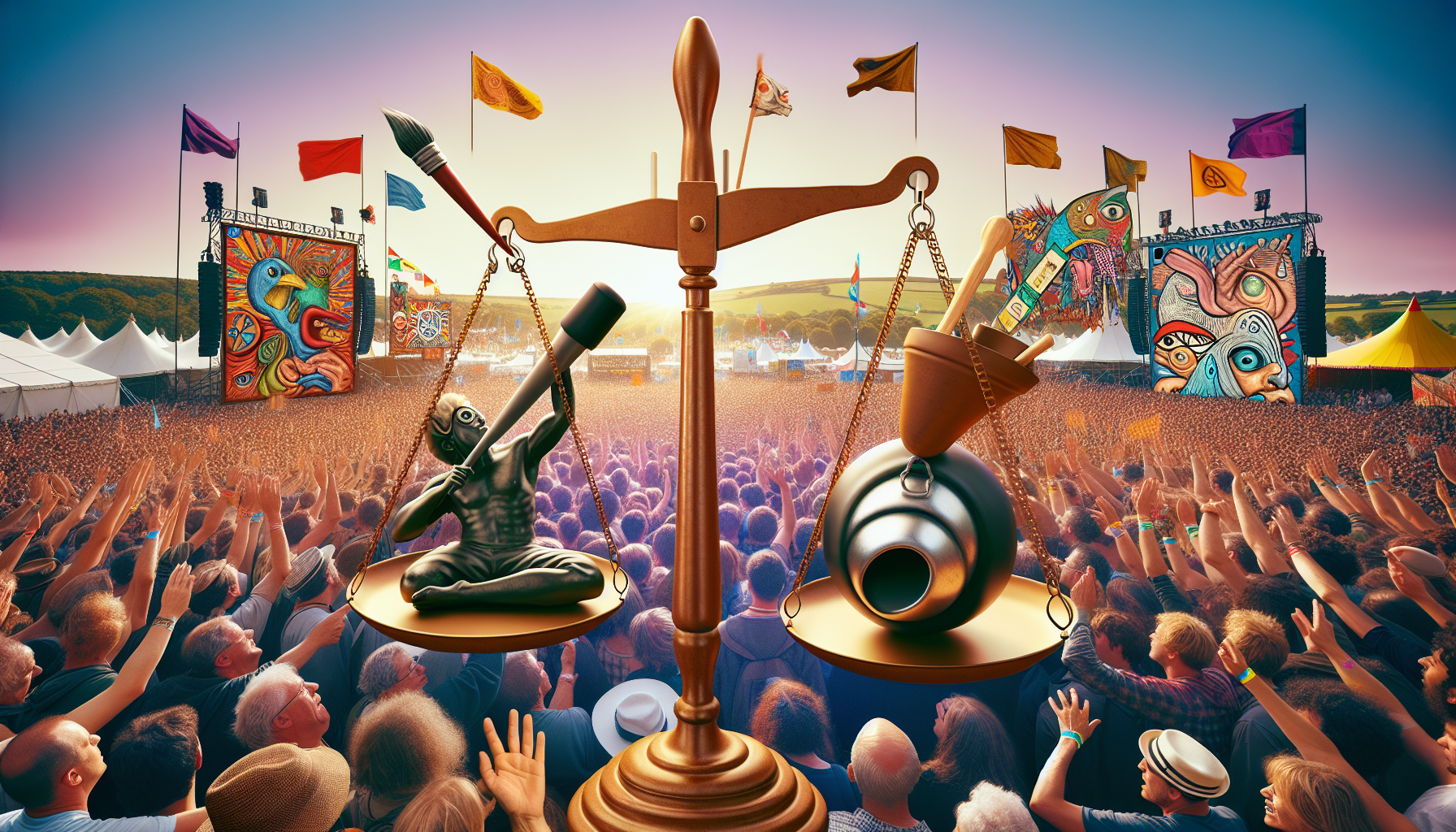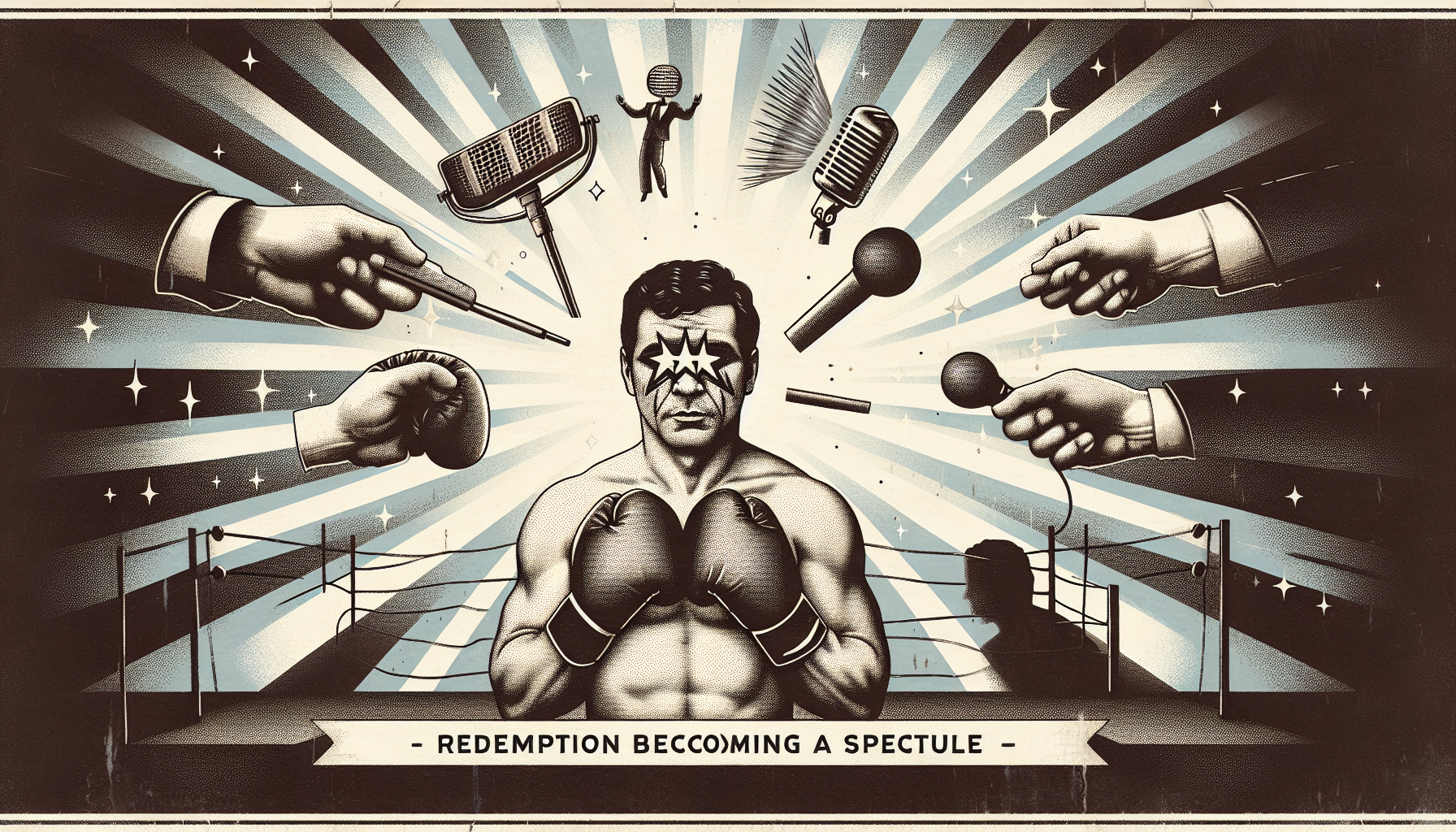Title: From Mosh Pits to Media Storms: The Glastonbury Controversy and What It Says About Free Speech
Dear readers,
In the world of live music festivals, where the clash of guitars often drowns out societal moans, one particular performance sent shockwaves beyond the decibels. When Bob Vylan took the stage at Glastonbury, it wasn't just his punk-infused rap that echoed through the fields. It was an incendiary statement that triggered a national debate on the boundaries of free speech and cultural responsibility.
The controversy has captured headlines and ignited discussions far and wide. It begs the question: when does freedom of expression cross the line into incitement of hatred? And what responsibilities do broadcasters have in this delicate dance of real-time decisions?
Let's dive in.
Glastonbury: A Stage for Social Commentary—or a Platform for Provocation?
On July 1, 2025, Bob Vylan's performance at Glastonbury became the epicenter of a media maelstrom. Lead singer Bobby Vylan's chants of "death to the IDF" during a live BBC broadcast did more than provoke; it incited a nation's collective gasp. This isn't merely about a live faux pas. It’s a clash of ideals: artistic expression versus societal standards.
In the UK, where people treasure cultural diversity and freedom of speech, Glastonbury has long been a place where artists push boundaries, much like John Lennon once questioned war. But there is an implicit social contract at play: to challenge without inciting harm.
Critics, including the UK's Chief Rabbi, expressed deeply felt concerns over BBC's role in the broadcast. His call for accountability reaches beyond religious communities, touching anyone wary of what unchecked expressions might embolden in the public arena.
An Artist’s Intention Meet the Realities of Their Words
When Bob Vylan's Bobby Vylan responded, stating they target systems of oppression, not people, the conversation widened. Herein lies the paradox of protest art: while aiming at injustices, its artillery sometimes sprays unintended targets.
In engaging with these topics, such bands lift the veil on complex geopolitical tensions. But should this commitment to unmasking oppression come with greater responsibility? Are incendiary lyrics simply part of artistic shock value, or do they actively contribute to the discourse they're critiquing?
The BBC’s Response: A Case Study in Crisis Management
While the BBC's lapse in pulling the live feed sparked outrage, it also shone a light on the perils of live broadcasting. In a rapidly changing cultural landscape, ensuring editorial decisions align with societal norms is akin to navigating a minefield.
Culture Secretary Lisa Nandy’s remarks capture the heart of the matter: an editorial misstep isn't just a blemish; it's a broader leadership issue. Meanwhile, media regulator Ofcom's involvement signifies that this incident transcends mere artist antics. It calls into question the mechanisms that uphold—or unravel—the integrity of public broadcasting.
Moving Forward: Art, Accountability, and Awareness
With a criminal investigation launched and public discourse intensifying, the story of Bob Vylan at Glastonbury is far from over. It's a reminder that words wield power, and the platforms that broadcast them bear the weight of responsibility.
What does this mean for the future of music festivals and live broadcasts? Perhaps a recalibration, where dialogue accompanies dissent, ensuring that stages remain places of unity rather than division.
As we dissect this incident, we must grapple with larger truths about art's role in society. How do we balance provocative expression and accountability? This question remains as electric as the Glastonbury atmosphere, reverberating through the chords of our shared cultural consciousness.
Until next time—question bravely, express wisely.
Yours in reflection,
A Watchful Ear on the Headlines

